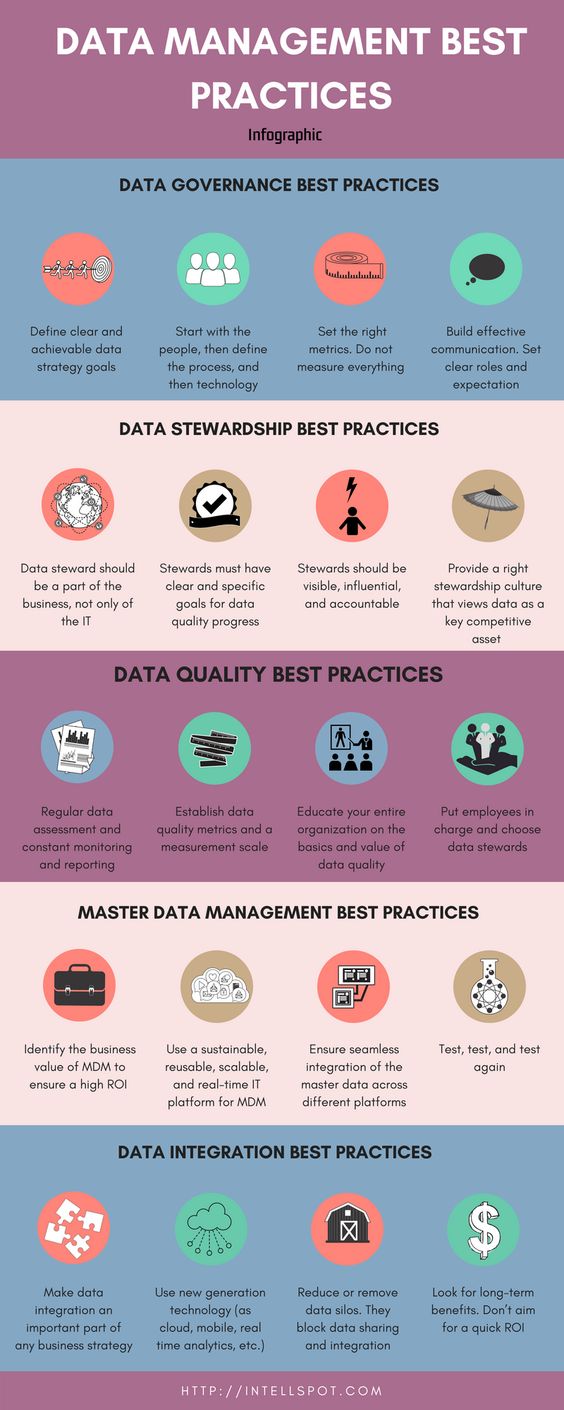Introduction
Operational risk management is a critical part of any business, as it helps to identify, assess, and mitigate potential risks. Data analytics can be used to support operational risk management in a variety of ways, from helping to identify potential risks to providing insights into how to best manage them. This article will explore the use of data analytics for operational risk management, including the benefits it can offer and the challenges that must be addressed.
Benefits of Data Analytics for Operational Risk Management
Data analytics can provide a range of benefits for operational risk management. It can help to identify potential risks, as well as provide insights into how to best manage them. Data analytics can also provide greater visibility into the performance of operational processes and activities, enabling organizations to identify and address areas of potential risk. Additionally, data analytics can provide predictive insights into the potential impact of various risks, allowing organizations to take proactive steps to mitigate them.
Challenges of Data Analytics for Operational Risk Management
While data analytics can offer a range of benefits for operational risk management, there are also some challenges that must be addressed. One of the primary challenges is the need for accurate and reliable data. Without accurate and reliable data, the insights provided by data analytics may be misleading or inaccurate. Additionally, organizations must ensure that they have the necessary resources and expertise to effectively leverage data analytics for operational risk management.
Tools for Data Analytics for Operational Risk Management
There are a variety of tools and technologies that can be used to support data analytics for operational risk management. These tools range from data visualization tools, such as Tableau and Qlik Sense, to machine learning algorithms, such as random forest and support vector machines. Additionally, organizations can leverage cloud-based solutions, such as Microsoft Azure and Amazon Web Services, to store and process large amounts of data.
Best Practices for Data Analytics for Operational Risk Management
In order to effectively leverage data analytics for operational risk management, organizations should follow best practices. These best practices include developing a clear understanding of the risks that need to be managed, as well as the data that is available to support the analysis. Additionally, organizations should ensure that they have the necessary resources and expertise to effectively utilize the data analytics tools and technologies.
Data Governance for Data Analytics for Operational Risk Management
Data governance is an important aspect of data analytics for operational risk management, as it helps to ensure that data is accurate, secure, and compliant with regulations. Data governance should include policies and processes for data collection, storage, and usage, as well as a system for monitoring and enforcing these policies. Additionally, organizations should ensure that they have the necessary resources and expertise to effectively implement and maintain data governance.
Integrating Data Analytics for Operational Risk Management
Once the necessary tools, technologies, and best practices have been implemented, organizations should consider how to best integrate data analytics into their operational risk management processes. This includes identifying how data analytics can be used to identify potential risks, as well as how it can be used to provide insights into how to best manage them. Additionally, organizations should consider how data analytics can be used to provide predictive insights into the potential impact of various risks.
You might find these FREE courses useful
- Operational Risk Management: Frameworks &
- Risk governance: Manage the risks
- Maturing Risk Management
- Disaster, Crisis, and Emergency Preparedness
- FinTech Risk Management
- Investment Risk Management
- Market Risk Management: Frameworks & Strategies
- Credit Risk Management: Frameworks and Strategies
Conclusion
Data analytics can be a powerful tool for operational risk management, offering a range of benefits from helping to identify potential risks to providing insights into how to best manage them. However, in order to effectively leverage data analytics for operational risk management, organizations must ensure that they have the necessary resources and expertise, as well as best practices for data governance and integration. By following these best practices, organizations can ensure that they are effectively leveraging data analytics to support their operational risk management efforts.


